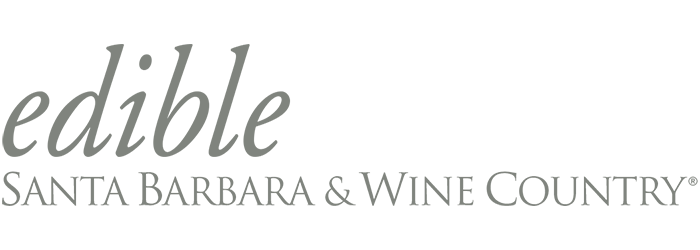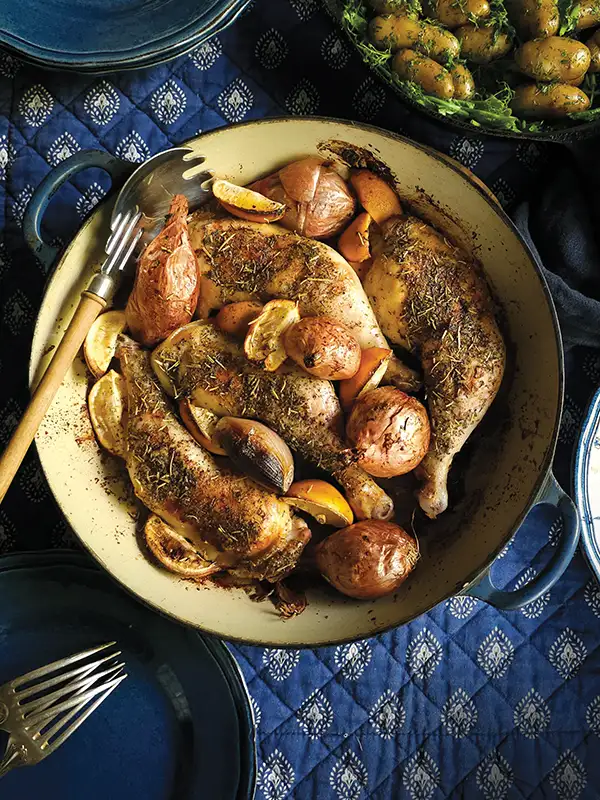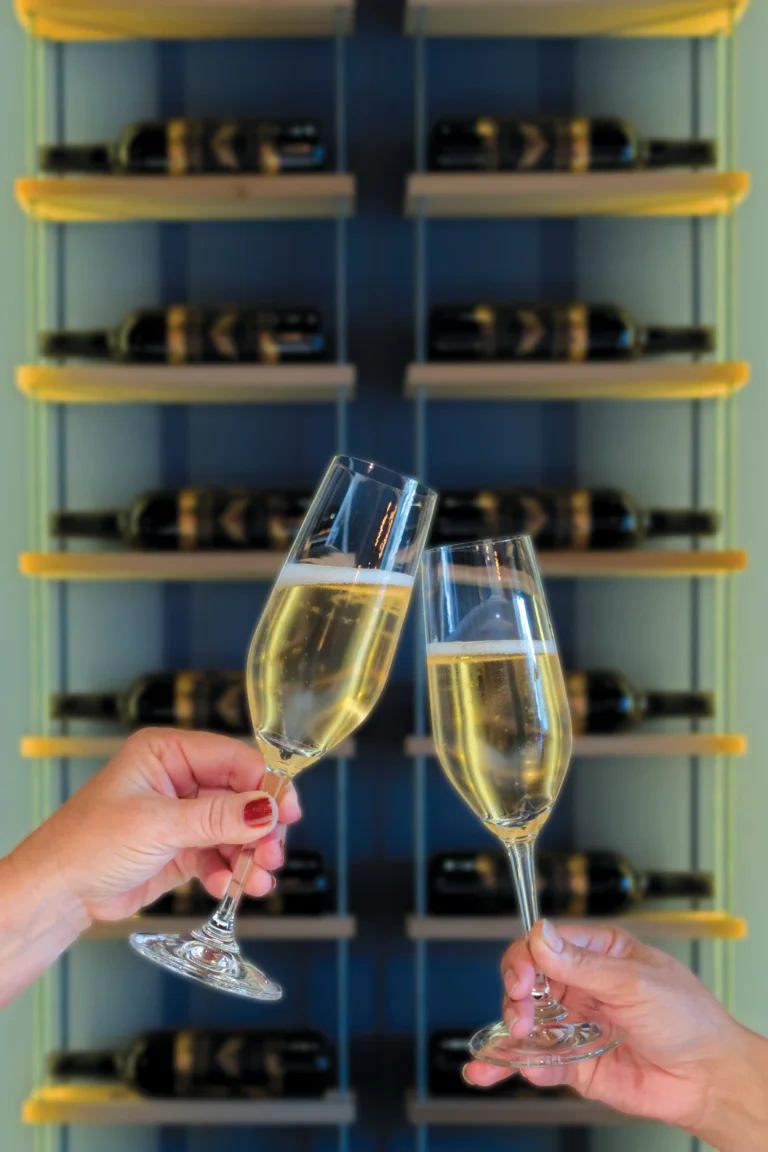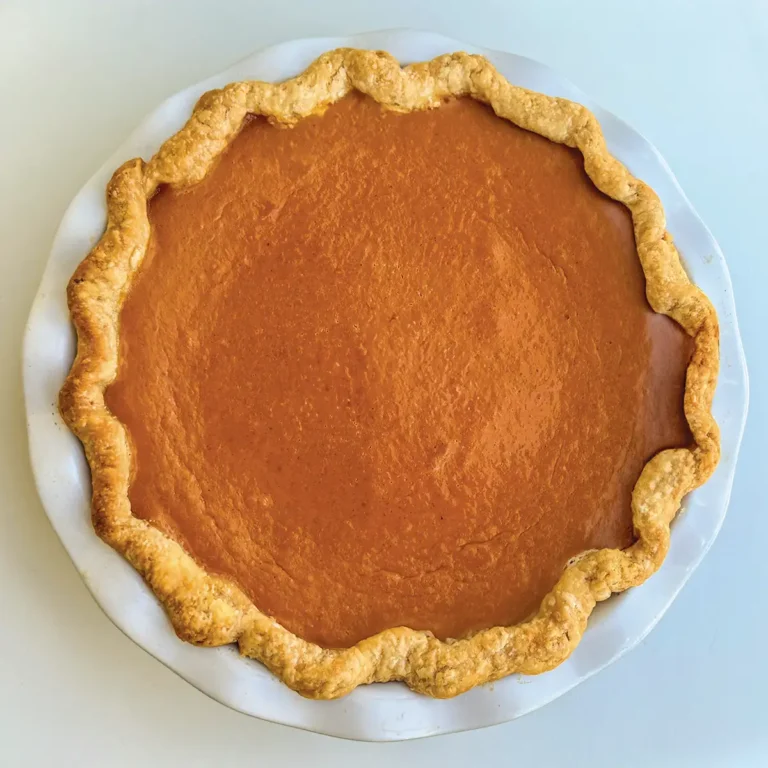Love Your Pal, Lane
Lane Tanner, Legacy Winemaker

The Year is 2025
Lane Tanner is one of the first women in California wine history to have an eponymous wine label. In 1981, she arrived in Santa Barbara to work in the enology lab at Firestone Winery. Most women in the California wine renaissance began their careers in the lab. First, they had science degrees; and second, the cellar was a man’s place. What these pathfinding women shared as they made their way into winemaking was a cunning confidence and capacity for risk-taking, born from a motivation to succeed on their own terms. Tanner was no exception. Her own label began in 1989 at the behest of a wine colleague who created an opportunity she simply couldn’t refuse. Tanner never looked back amid the challenges and heartbreaks, retaining her ambition and conviction throughout.
To honor her indelible contribution to the Santa Barbara wine scene, the Women Winemakers and Culinarians Foundation (WW&CF) celebrated Lane Tanner this past spring at a raucous wine dinner. A packed house of friends and colleagues lavished praise on Tanner, who brought dozens of large-format bottles with vintages dating back to her beginnings, marking her trajectory with her signature Lane Tanner style: poised, elegant, bouncy and seductive.

“When I first got here in 1984 and met Lane, she was part of the inner circle of winemakers and it was a small circle back then,” remembered Bryan Babcock of Babcock Winery. “The Foxen guys, Jim Clendenen, Frank Ostini, Bruno D’Alfonso—she was part of the first wave. She had a mojo and she was fierce. You didn’t want to mess with her. I consider her one of my mentors. She was the Queen of Pinot and took it seriously. She had tunnel vision.”
In her early career, colleagues teased Tanner for her winemaking decisions, which tended toward lower-alcohol, higher-acid wines. “I grew up in a household with a lot of brothers and Lane was like my sister,” said Billy Wathen of Foxen Winery at the party. “I was a grape-grower and what she taught me I didn’t realize until 15 years later. We always used to laugh at Lane for picking too early, joking about waiting two weeks after Lane. It took me years to realize she was right. When you taste her wines after all those years, compared to all of us who waited, it is bitchin’.”
Tanner’s style was all her own, said her younger sister Susan Beckmen. “She was unlike anything anyone else was doing at the time,” she said. “Other winemakers, as well as critics, scoffed at her style. Forty years later those first wines are beautiful and have more than proven themselves over the test of time. Many of those early skeptics have embraced Lane’s winemaking style and have adopted it themselves.”
Tanner wholeheartedly says the WW&CF party was a pinnacle, particularly as she has sometimes felt deeply misunderstood and judged even while being lauded and praised. It’s the closest cuts that have stung the most. Friends who turned their backs. Canceled fruit contracts. Tanner shared examples during our conversation about not being taken seriously, tackling misdirected praise and fielding criticisms—both for her wine style and for her free-spirited way of life, including her signature “Love your pal, Lane” on her labels.

She challenged the social mores of the time; some were not ready for it, even under the guise of a progressive wine culture. Winemaking is an incredibly vulnerable profession, crafting something one hopes will be enjoyed and lauded by critics and colleagues, today and for years to come. The test of time always seems slow when the clock is ticking.
“The party was one of the absolute biggest highlights of my career, because I was finally acknowledged,” she said. “A lot of people have acknowledged me privately, but I’ve never been publicly acknowledged. To have so many of my old friends publicly acknowledge me was just overwhelming.”
The Year is 1989
At the time, Tanner was running her wine company, LR Consultants (the R is for Ruth, her middle name after her grandmother), doing enology and consulting. Her primary client was Hitching Post Wines. She and Frank Ostini, owner of the Hitching Post II restaurant in Buellton, were married in 1985 and Tanner began making wines for the restaurant. Ostini’s devotion to wine began in college as a committed garagiste winemaker himself. The two met at Firestone in those early days. As Tanner was running the only lab in the nascent Santa Ynez Valley wine scene, the 20 or so winemakers hung out there. Rick Longoria, Jim Clendenen, Bob Lindquist, Adam Tolmach, Billy Wathen and Fred Brander, to name a few. Ostini was part of the gang. As they got together, Tanner formalized his bespoke bottles to make them commercially viable for the restaurant. After Firestone, she went to run the lab at Zaca Mesa at the request of winemaker Ken Brown, whom she subsequently followed to Byron Winery, where she did lab work in exchange for space to make Hitching Post wines.
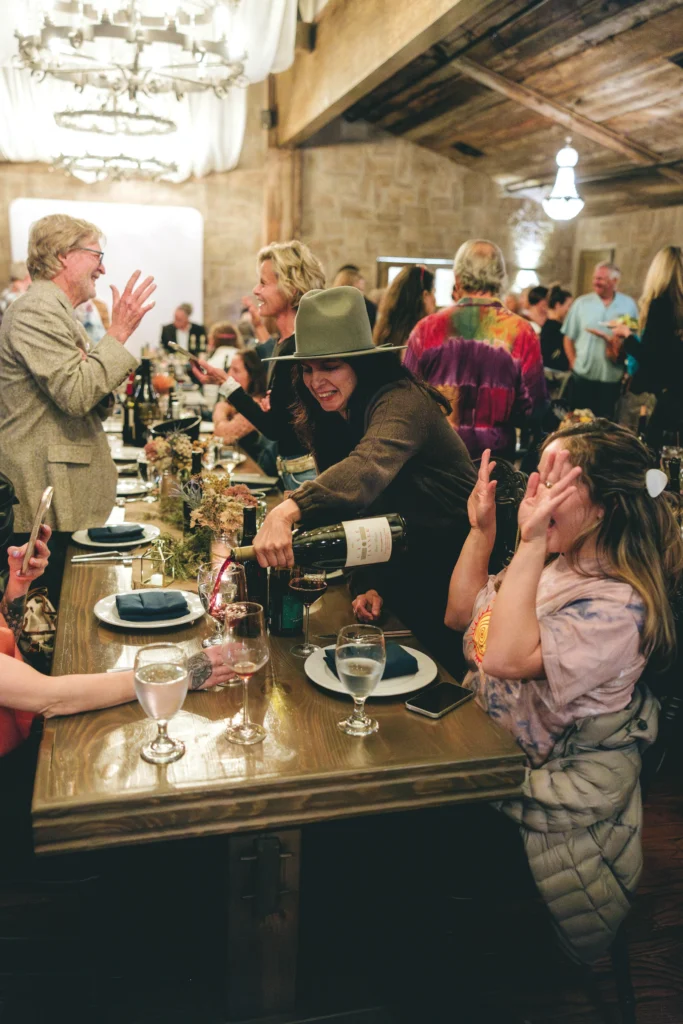
“Lane had the skill set to get the job done, she loved wine and was a really fun person,” said Brown of Ken Brown Winery. “All the things you need in this life. She was in Santa Barbara at the perfect time to prove a woman could run a successful winery. And why not? I never blinked on that one.”
The first Hitching Post wine was a Pinot Noir from Sierra Madre, Tanner’s favorite vineyard. “The fruit from Sierra Madre is like nothing else,” she gushed. “There’s a sweetness and a tarweed aromatic essence that’s very specific. It’s really a charm.”
“The wine was delicious,” recalled Ostini. “Lane was always focused on balance, finesse and preserving the fruit. She’s an amazing winemaker. There was magic. She took our crude home winemaking and refined it. I think we were good partners. Not having lived her perspective I really didn’t know how tough it was, being a woman in the industry. Trying to stick up for yourself.”
The benchmark wine at the time was the 1976 Sanford & Benedict Pinot Noir. “That wine turned heads,” Ostini said.
The attention the wine garnered started the Pinot Noir craze for these young, passionate winemakers. Everyone was chasing it. The group was always together—at the lab, parties, wineries, talking shop and tasting. “All of us were close friends,” Tanner said. “It was such a special time, something you can’t re-create.”
After tastings, Tanner would take the bottles for analysis. Most were Burgundian Pinot Noirs. She cemented those flavors in her mind and realized the coveted wines shared a lower pH profile on account of the region’s challenging growing season, requiring picking early before the rain. She also tasted grape samples growers would bring to her lab and identified the delicate time frame where grapes turned from green “to scintillating,” generally in the low 20s Brix range.
“The other influence on my style was making Hitching Post [Wines],” Tanner explained. “They made steaks over an oakwood BBQ and had smoky flavors on the plate. We didn’t need more smoke in the wine. I developed a more neutral approach.”
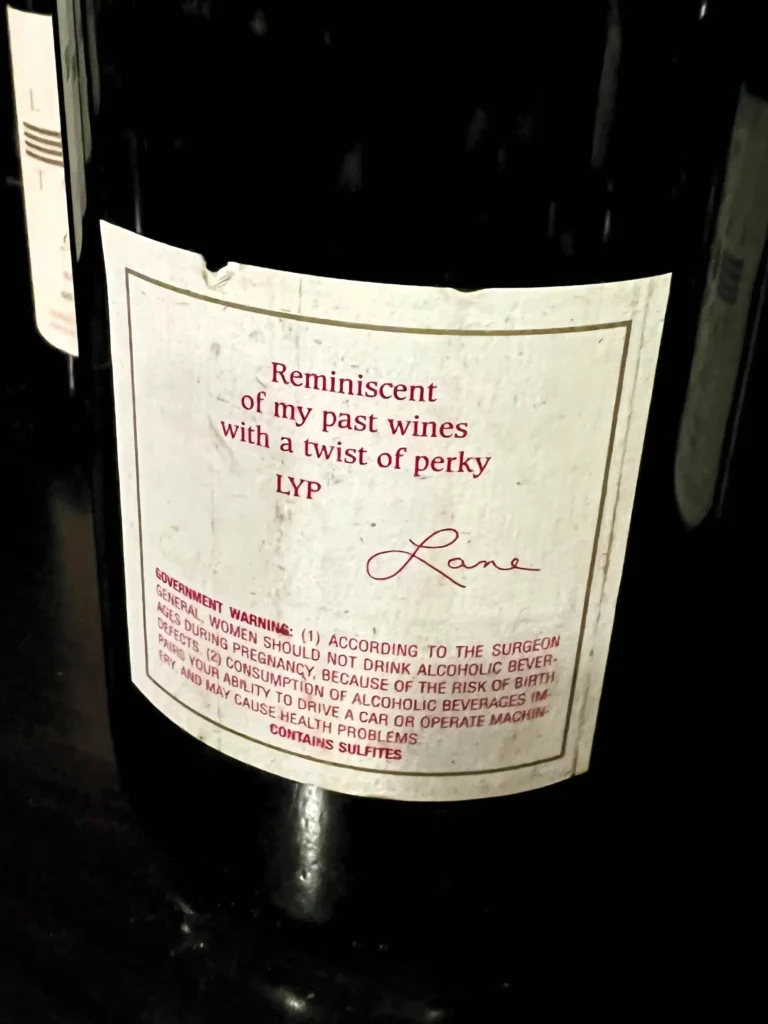
The Hitching Post Wines were a success. In 1989, though, Tanner and Ostini amicably divorced, leaving Tanner without her primary client. (They remain good friends today.) As part of the split, Ostini gave her half the barrels of that vintage. “It was a rough period,” Tanner said. “I didn’t have a home, I didn’t really have a job, but I did have wine. Half of the barrels were Sierra Madre and half were Sanford & Benedict.” These vineyards at the time were, and still are, vaunted in Santa Barbara wine country. While she was going through a rough patch emotionally, she had liquid gold at her fingertips.
Tanner has always been a step ahead, ready for serendipitous options that have presented themselves at opportune times. She grew up autistic and dyslexic, her intelligence doubted. Early on, she created unique ways of coping, developing an uncanny ability to read a room and unwavering confidence in her abilities. She knew she was smart. She received a full scholarship to study chemistry at San Jose State and graduated top of her class.
Her determination to experience all of life is palpable, almost instinctual. Spend any amount of time with her and her joie de vivre lights up the room.
“I’m at a party and I meet this tall, good-looking guy, and he says, ‘Lane, what are you doing these days?’ I tell him ‘Not much, kind of in-between things.’ And he goes, ‘I’ve always loved those Hitching Post Wines.'” She told him about the barrels. He immediately asked if she would consider bottling her own wine. He was Larry Pearson, a Santa Barbara wine distributor, with a select portfolio, including Salon Champagne, one of the most expensive and iconic champagnes in the world. He told her he’d buy all her wine, cut her one large check and distribute it throughout the U.S. on the condition that she brand it Lane Tanner wines.
“I told him I couldn’t do that,” Tanner remembered. “Back then nobody had their name on a label—like Robert Mondavi. Nobody had their whole name on it. A few people, like Longoria had his last name, but whoa, your whole name? Being a female, I was intimidated with the idea. But he convinced me. ‘Trust me, this is really going to work,’ he said.”
Lane had the skill set to get the job done, she loved wine and was a really fun person. All the things you need in this life.
Ken Brown of Ken Brown Winery
And it did. Tanner made 1,000 cases of wine each year that Pearson of Pearson & Hawkins distributed as promised, until he sold his company to the Henry Wine Group, which continued the relationship with Tanner until about 2000, when the wine industry began to struggle. The dot-com bubble burst, the economy was in a downturn and distributors went from buying pallets of wine to cases of wine. “I was limping along,” Tanner said. She quit the wine industry before she could leave the industry, on account of her loyalty in fulfilling her grape contracts. She had established long-term grape contracts, a practice rarely employed today. At their expiration in 2009, Tanner retired her label. She convinced a wine buyer friend at Trader Joe’s to buy her entire vintage. She was cut one last big check. The tellers at her bank made a Xerox copy for her to keep in perpetuity.
The Year is 1980
Tanner never planned a life in wine. She grew up in Kelseyville, a small Northern California town. After graduating from San Jose State University, she worked for a meteorology company tracking pollution.

“I was following pollution in a helicopter into the Grand Canyon from the Four Corners Power Plant,” Tanner recalled. “I was doing these major pieces of work.” She traveled all the time. A couple of years in with no home life or relationships, she quit. Her plan was to spend the summer at her mother’s then move to San Francisco in the fall. The phone rang, with someone asking if her mom could work the wine bottling line at Mt. Konocti Winery in town. Tanner said she’d do it. There, director Bill Pease learned Tanner was a chemist and asked if she would consider staying for enology work. She had never heard the word.
“I didn’t even drink wine,” Tanner recalled. “At my last job we drank brandy and tequila.”
Her first day on the job she was waiting in the lab for someone to explain her new position when Pease and André Tchelistcheff walked in. Pease introduced Tanner as the new enologist. Tchelistcheff suggested Tanner join them in their tasting. Mt. Konocti made a plethora of different wines under a grape co-op model and Tchelistcheff was the consultant. They tasted dozens of wines. Tchelistcheff was the preeminent winemaker and wine consultant in California. Many credit him with revolutionizing California wine. On that summer morning, he was asking 23-year-old Tanner her opinion.
“Do you remember the first time you ever swirled a glass of wine?” Tanner laughed. “I’m watching these two guys and I’m milliseconds behind because I’m good at mimicking. They’re swirling and swirling. I’m not doing a great job, but I’m swirling. Then they throw it in their mouth and they gurgle and I’m gurgling. They spit into these spittoons. I can’t spit. They gave me a cup. I’m literally drooling in this cup.”
Tchelistcheff started quizzing Tanner about what she’s tasting. Can she smell this? Does she taste that? She’s realizing she must be doing something correctly. Tanner knew she had an acute sense of smell and taste, though until that point it had haunted her; aromas were often overwhelming. Suddenly she was being rewarded for what she thought was a curse. After the tasting, Pease told Tanner that Tchelistcheff was impressed. Would she consider staying on as their enologist?
“I still had no idea what an enologist was,” Tanner said. “I told him, ‘I can see you lied to that man, whoever he is. Here’s what I’ll do: I will be your enologist, but as soon as you can lay me off, you lay me off.'”
Tanner stayed through harvest and Tchelistcheff learned Tanner was getting ready to leave. Did she want to stay in wine? “At that point I had learned what a god this guy was so I couldn’t say no.” He asked Tanner to go to Santa Barbara to interview at the new Firestone Winery, where he was also consulting. She would work as the lab assistant. This decision changed the course of her life.
The Year is 2012–2025+
Tanner claims she is retiring this year, though we’ve heard that before. After her first retirement, in 2012 she teamed up with Doug Circle, who had recently purchased Sierra Madre Vineyard, and convinced him he needed to make wine with that fabulous fruit, with her as the winemaker. While Circle, a farmer, enjoyed the vineyard side of the business, he decided to discontinue winemaking. As if on cue, Will Henry, formerly of the Henry Wine Group that his father once owned, was looking to start a wine brand.
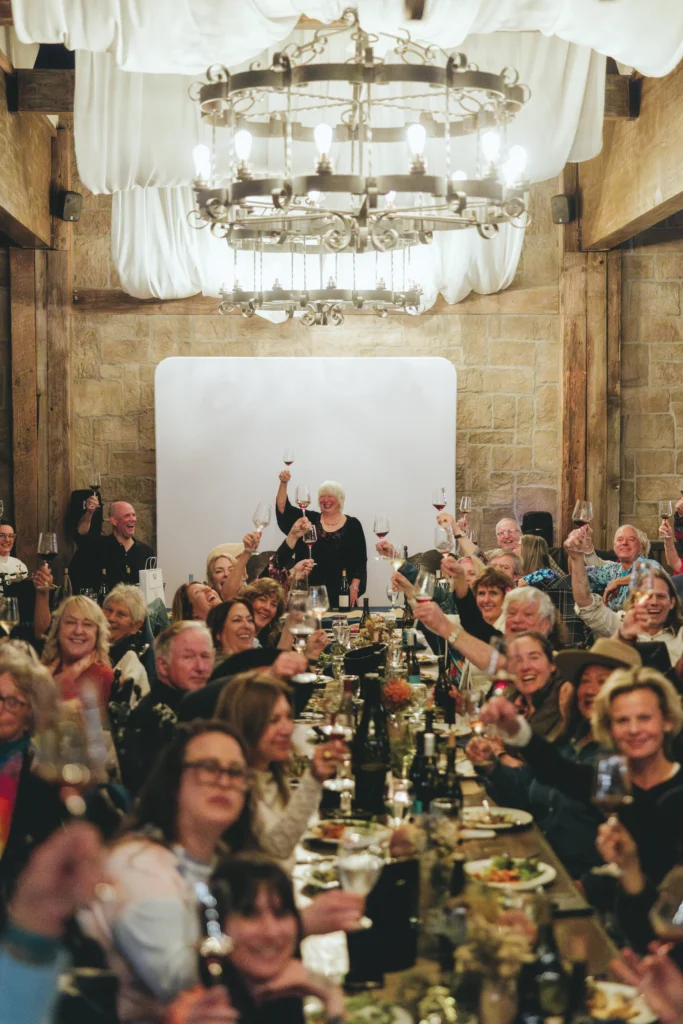
“I was looking to start Lumen and was looking for bulk wine to start our first vintage,” said Will Henry. “A colleague mentioned Doug Circle had incredible Pinot for sale from Sierra Madre. I made an appointment to taste barrels. I show up and Lane is there. I ask, ‘What are you doing here?’ She said, ‘I made this wine. What are you doing here?’ I had goosebumps because it was Sierra Madre by Lane Tanner. A match made in heaven. I took all of it.” The two began a decade-plus partnership until this year, when Tanner will step away.
“My true love for wine didn’t come until I started making my own wine,” Tanner said. “Being independent, it’s mindboggling how wonderful it makes you feel. As a female, at that time, you didn’t get that feeling very often. Most women became wives or secretaries. I was working for myself. I was making money. I was doing everything I wanted to do.”
As we sat in her pink house, overlooking the Santa Maria Valley agricultural landscape against the backdrop of the signature hazy Pacific Ocean sipping a 2016 Lumen Sierra Madre Pinot Noir, I asked if she would she do it all over again?
“Where else in your life could you go through harvest and get dirty, work out and get fit, then take a few months off in January and February, when you buy your ballgowns and gems and attend events with bazillionaires that treat you like a goddess,” Tanner continued. “I’m from Kelseyville and I’ve met royalty. I’ve traveled all over the United States to sell wine and have food with fabulous chefs who know your name, and you never would have met them in your life had you not been making wine. And then, you start getting dirty again. It’s the best of a zillion things.”
